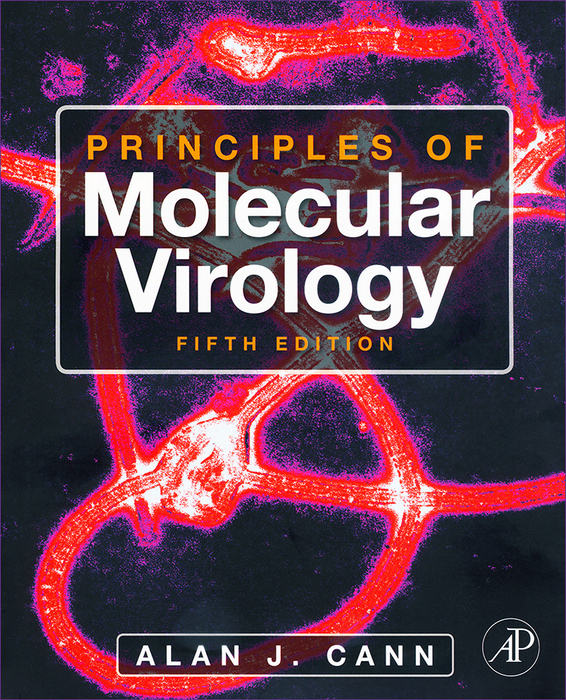Principles of Molecular Virology 5/e 2012
Principles of Molecular Virology 5/e 2012-需求單
內容簡介
Principles of Molecular Virology, Fifth Edition, provides an introduction to modern virology. Viruses are submicroscopic, obligate intracellular parasites that are more diverse than all the bacterial, plant, and animal kingdoms combined. The book examines protein-protein, protein-nucleic acid, and protein-lipid interactions, which control the structure of virus particles; the ways in which viruses infect cells; how viruses replicate; and the effects of virus infection on host organisms.
The book begins with a history of virology, tracing the development of knowledge and research on virology. The remaining seven chapters deal with the function and formation of virus particles; the structure and complexity of virus genomes; virus replication; gene expression; virus infections; the effects of virus infection on the body and the body’s response to infection; and subviral agents, such as satellites, viroids, and prions. The text concludes with three appendices that feature a glossary and abbreviations; a classification of subcellular infectious agents; and an outline of the history of virology.
• Completely rewritten and updated
• Clear and easy to understand
• Examples covering important ideas in virology
• All new illustrations
作者簡介
Alan J. Cann
目次
Principles of Molecular Virology, 5th Edition
Chapter 1 Introduction
Viruses are Distinct from Living Organisms
The History of Virology
Living Host Systems
Cell Culture Methods
Serological/Immunological Methods
Ultrastructural Studies
‘Molecular Biology’
Further Reading
Chapter 2 Particles
The Function and Formation of Virus Particles
Capsid Symmetry and Virus Architecture
Helical capsids
Icosahedral (isometric) capsids
Enveloped Viruses
Complex Virus Structures
Protein-Nucleic Acid Interactions and Genome Packaging
Virus Receptors - Recognition and Binding
Other Interactions of the Virus Capsid with the Host Cell
Summary
Further Reading
Chapter 3 Genomes
The Structure and Complexity of Virus Genomes
Molecular Genetics
Virus Genetics
Virus Mutants
Types of mutant virus
Suppression
Genetic Interactions between Viruses
Non-genetic Interactions between Viruses
‘Large’ DNA Genomes
‘Small’ DNA Genomes
Positive-Strand RNA Viruses
Negative-Strand RNA Viruses
Segmented and Multipartite Virus Genomes
Reverse Transcription and Transposition
Evolution and Epidemiology
Summary
Further Reading
Chapter 4 Replication
Overview of Virus Replication
Investigation of Virus Replication
The Replication Cycle
Summary
Further Reading
Chapter 5 Expression
Expression of Genetic Information
Control of Prokaryote Gene Expression
Control of Expression in Bacteriophage ë
Control of Eukaryote Gene Expression
Genome Coding Strategies
Transcriptional Control of Expression
Post-Transcriptional Control of Expression
Summary
Further Reading
Chapter 6 Infection
Virus Infections of Plants
Immune Responses to Virus Infections in Animals
Virus-Host Interactions
The Course of Virus Infections
Prevention and Therapy of Virus Infection
Virus Vectors and Gene Therapy
Chemotherapy of Virus Infections
Summary
Further Reading
Chapter 7 Pathogenesis
Mechanisms of Cellular Injury
Viruses and Immunodeficiency
Virus-Related Diseases
Bacteriophages and Human Disease
Cell Transformation by Viruses
Viruses and Cancer
New and Emergent Viruses
Zoonoses
Bioterrorism
Summary
Further Reading
Chapter 8 Subviral Agents: Genomes Without Viruses, Viruses Without Genomes
Satellites and Viroids
Prions
Summary
Further Reading
Appendix 1 Glossary and Abbreviations
Appendix 2 Classification of Subcellular Infectious Agents
Appendix 3 The History of Virology
Index

